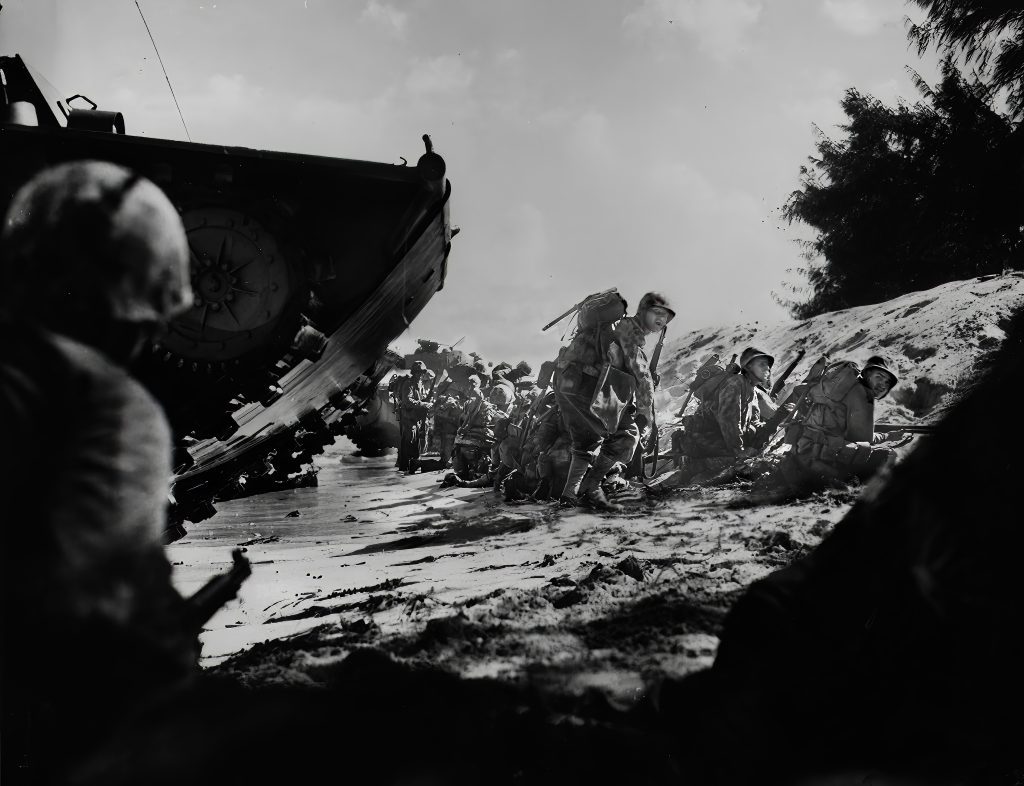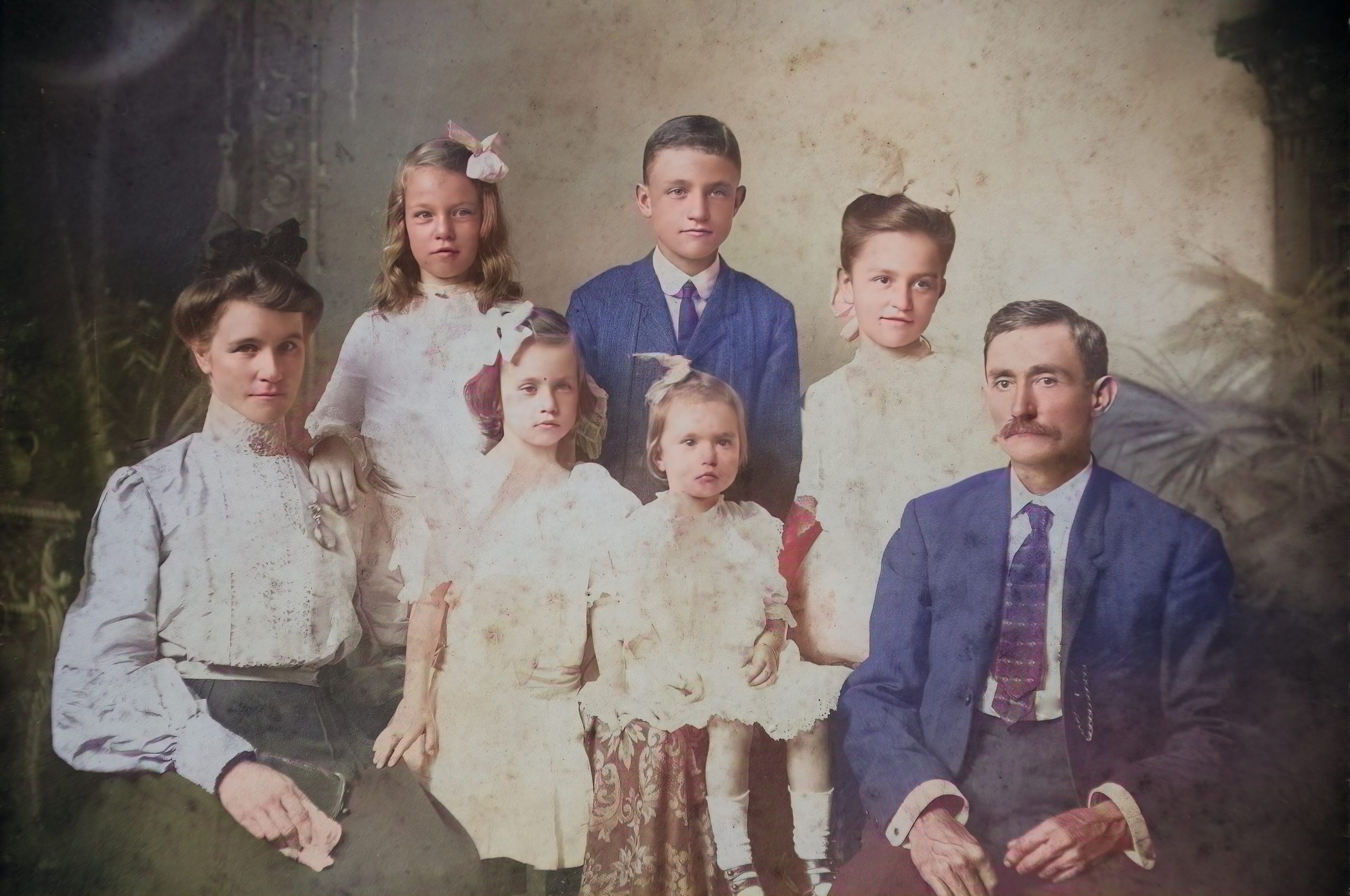Caption: Henry Leary Family circa 1904. Front row is Rebecca Francis Leary, Nancy Leary, Helen Leary, Henry Leary
Back Row is Mabel Leary, James Stanley Leary, and Patty Leary. Henry was the foreman of a sawmill in Asheville, North Carolina. He was killed in a blast, and James Stanley took over his job. All others named Henry later in the family also died tragic deaths.
Introduction: Our family histories are woven with threads that connect us to ancestors who shaped our existence. Ancestral photographs, frozen moments in time, are pivotal in bridging generational gaps and nurturing a profound connection to our roots. Beyond merely cherishing these photographs, it is equally essential to safeguard and identify them for the benefit of future generations.
- Preserving Memories: To ensure the longevity of ancestral photographs, consider digitizing them. Scan or take high-quality photos of physical prints and store them in secure digital archives. This preserves the images and makes sharing and accessing them more accessible for relatives scattered across the globe.
- Organize and Label: Create a systematic organization for your digital and physical photo collections. Use descriptive file names and organize images into folders by family branches or specific events. Label physical photographs with relevant information such as names, dates, and locations to provide context for future generations.
- Share the Stories: Accompany your photographs with detailed stories and anecdotes. Write down the names of individuals, the significance of the moment captured, and any interesting tidbits. This extra layer of information transforms the photographs into a rich narrative, helping future generations understand and appreciate their heritage.
- Preserve the Physical Prints: Store them in acid-free, archival-quality materials for physical prints. Keep them away from direct sunlight, extreme temperatures, and humidity. Please regularly look over prints for signs of deterioration and consider consulting with professionals for restoration if needed.
- Utilize Technology: Use technology to create digital family trees and albums. Numerous apps and websites allow you to organize, annotate, and share family photographs. This not only enhances accessibility but also facilitates collaboration among family members in identifying individuals in old photos.
- Labeling Individuals: Identifying people in photographs is crucial for maintaining a meaningful connection to our ancestry. When marking individuals, be specific with names, relationships, and roles. Consider creating a master list with the names of family members to cross-reference when identifying individuals in group photos.
- Collaborative Efforts: Involve family members in the identification process. Host family gatherings where photo albums are revisited, stories are shared, and identifications are made collectively. This collaborative effort enhances accuracy and fosters a sense of shared responsibility for preserving family history.
- Document the Unknowns: Not every face or detail may be immediately recognizable. Document unknown individuals or uncertain information, and encourage family members to contribute their insights over time. This ongoing dialogue ensures that the collective knowledge about family photographs continues to grow.

Conclusion: Preserving ancestral photographs goes beyond mere sentimental value; it is an investment in the cultural legacy of future generations. By adopting these preservation tips and actively identifying individuals in photographs, we contribute to a richer understanding of our roots. Let us embark on this journey to ensure that the faces and stories captured in these images endure, serving as a timeless bridge between our past and future generations.

